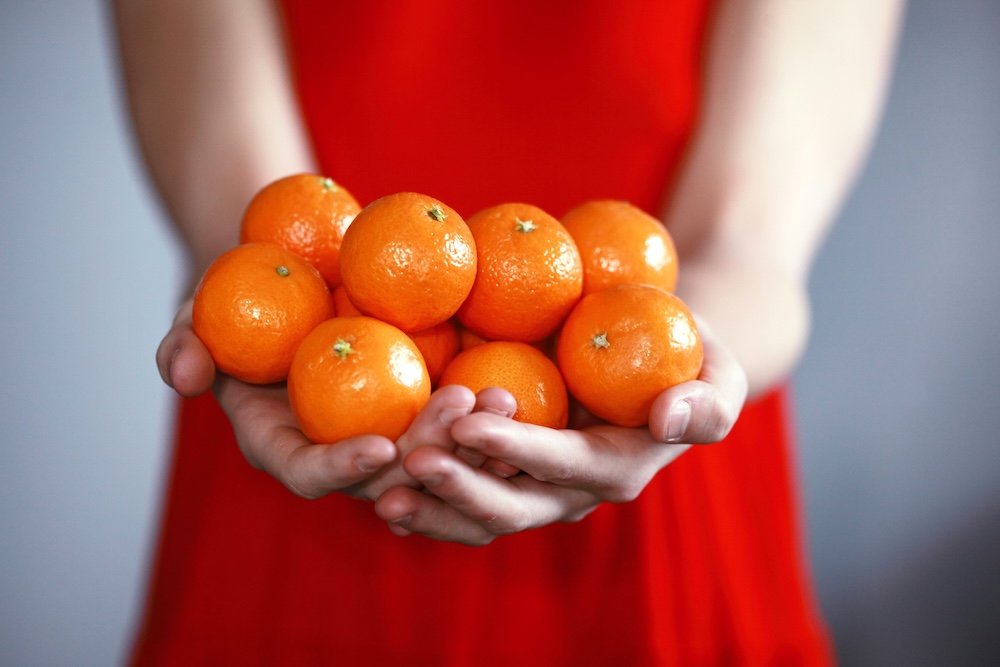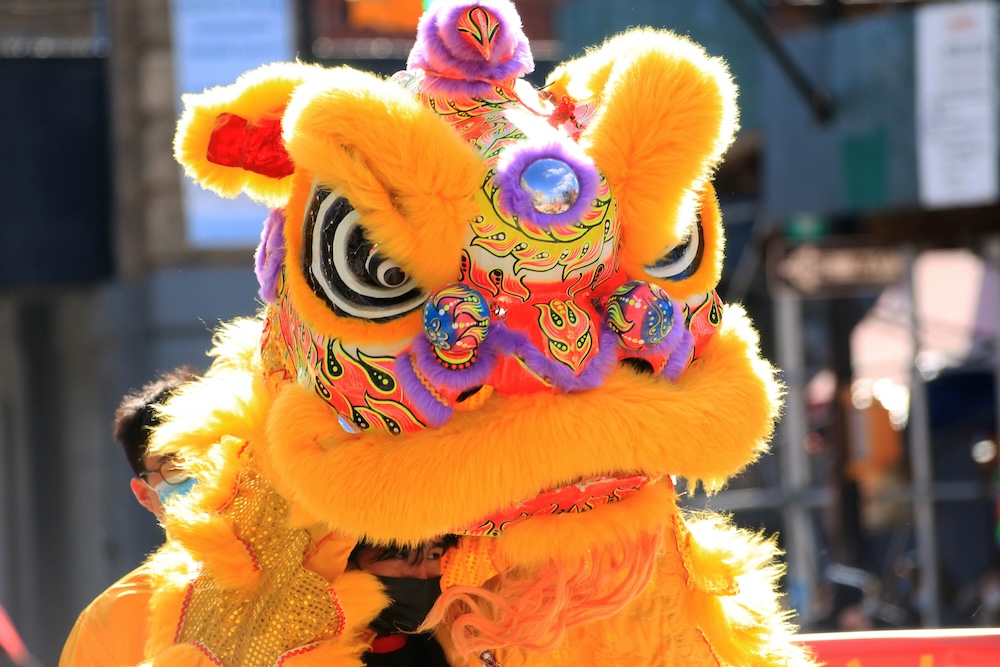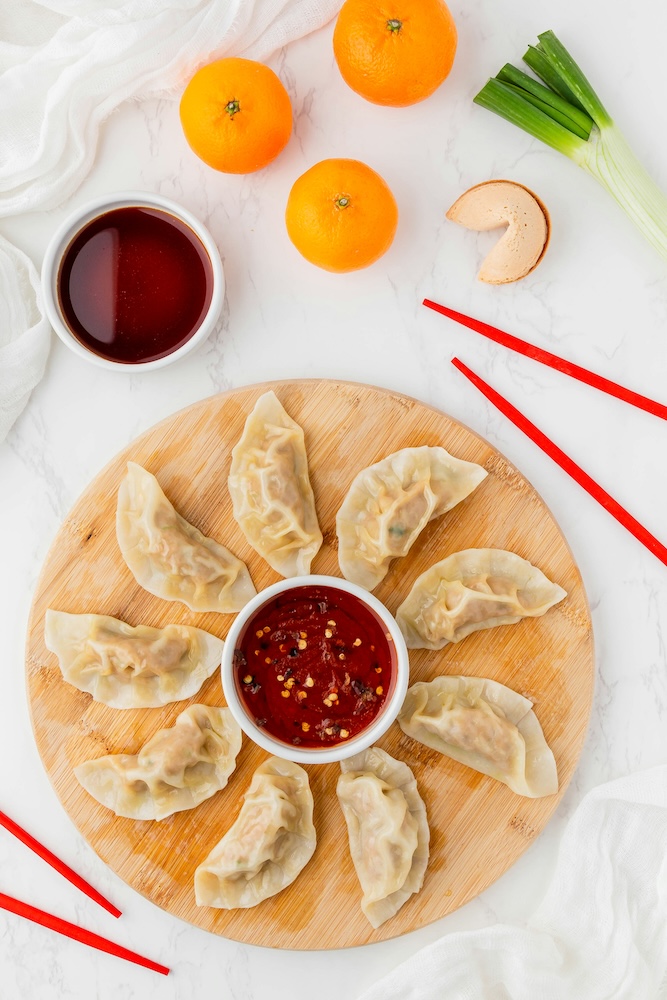Lucky dishes you should feast on this Lunar New Year

Traditional Chinese dishes to bring luck on Chinese New Year | Photo by Alexander Grey on Unsplash
This Feb. 10, the world celebrates Lunar New Year or Chinese New Year. 2024 is the Year of the Wood Dragon, which feng shui experts are describing as an exciting time. This year is said to be the beginning of a new 20-year feng shui cycle.
While there are a few individual tips and advice you can do this new year according to your Chinese zodiac, there are also some universal traditions that are thought to bring luck every new year.
A lot of these auspicious practices revolve around food. Thought to symbolize good luck and success for the year, these dishes make for a meaningful and filling celebration, so be sure to have these on your table.

2024 is the year of the Dragon | Photo by Tong Su on Unsplash
Noodles
Having noodles is a must for every celebration, especially the new year, as they mean a wish for longer life and happiness. A special kind of noodles, called longevity noodles, are served during this time. They’re generally longer than regular noodles, and can be served in various ways. Whether you serve it fried or boiled or even with soup, what matters is that you don’t cut the noodles—lest you want to cut up your luck (or someone’s life short. Eep.)
Spring rolls
Another party staple especially for Filipinos. Spring rolls are allegedly called as such because they’re made to welcome the spring season. These rolls also symbolize wealth because they look like gold bars.
Steamed fish
Another must-have on the Chinese New Year spread is the steamed fish, which represents abundance and increased prosperity. The type of fish also has different meanings. It’s also important to serve the fish whole.

Dumplings look like the ancient Chinese currency of boat-shaped ingots | Photo by Maryam Sicard on Unsplash+
Dumplings
Another dish that bears an uncanny likeness to items symbolizing wealth are dumplings. It’s said that dumplings during the new year are lucky because they look like the ancient Chinese currency of boat-shaped ingots.
Nian gao and tangyuan
Nian gao, or commonly known in the Philippines as tikoy, is a glutinous rice cake that’s popular during Chinese New Year. Meanwhile, tangyuan are glutinous rice balls. These two treats made with sticky glutinous rice are significant for two reasons: nian gao symbolizes prosperity, because its name sounds like the words that mean “growing every year,” while tangyuan sounds like the words for “union.”
Round fruits
Tangerines and oranges are also auspicious during the new year. Their bright color and round shape are said to symbolize fullness and wealth. But aside from the shape, these fruits are also pretty healthy—and we all know by now, health truly is wealth.

